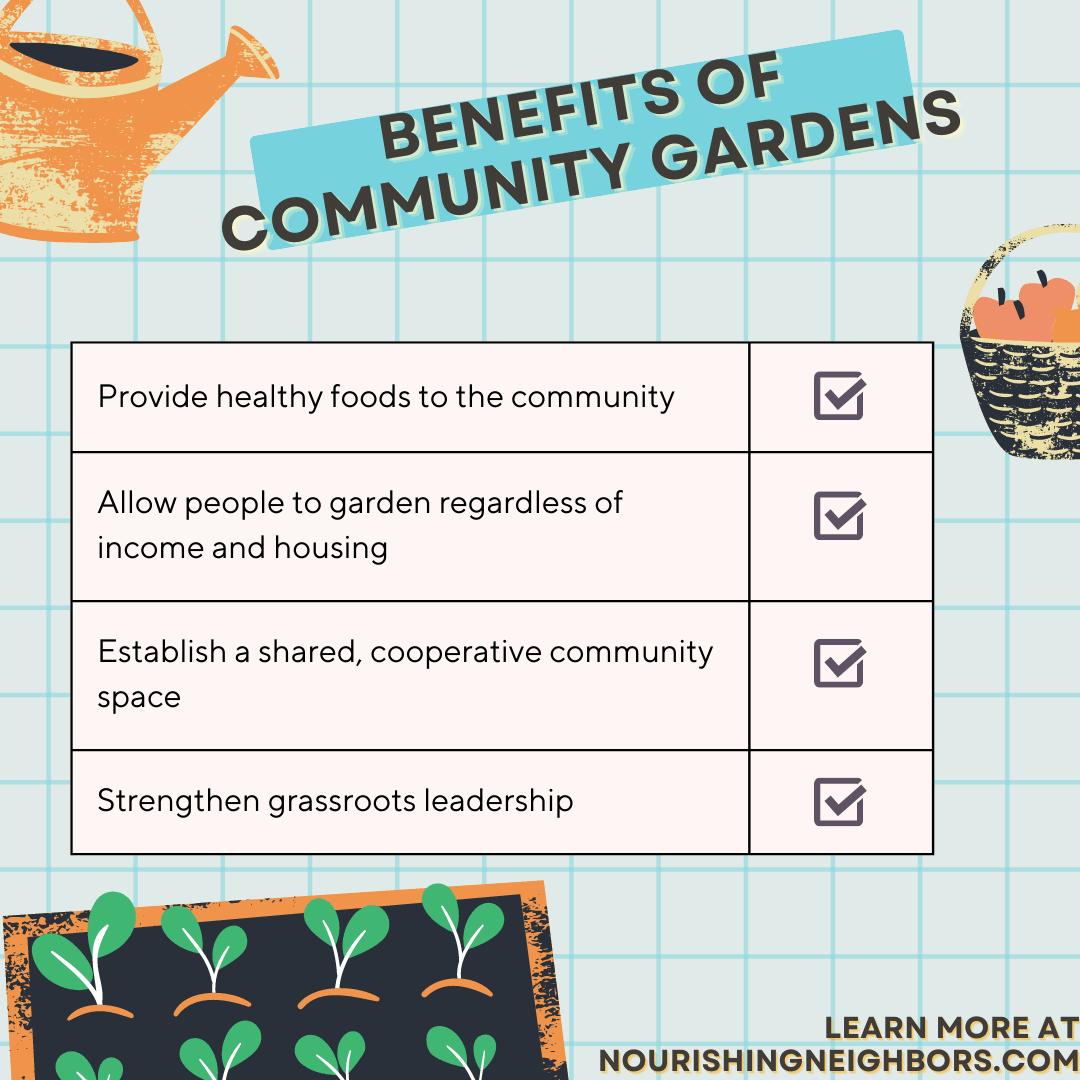Unknown Facts About City Blooming
Unknown Facts About City Blooming
Blog Article
Getting My City Blooming To Work
Table of ContentsThe 10-Minute Rule for City BloomingSome Known Facts About City Blooming.City Blooming Can Be Fun For EveryoneLittle Known Questions About City Blooming.The Ultimate Guide To City Blooming
Nature has extraordinary impacts on our physical and psychological wellness, so it's not a surprise that a basic delicious on a desktop computer or some potted natural herbs on a windowsill can promptly improve a room. Take those plants an action even more, and you'll cross right into the area of metropolitan horticulture, which brings a lot more advantages to people and areas alike.What Are Urban Gardens?Urban horticulture, occasionally known ascity gardening, is defined as "the process of growing green rooms in urban settings. "It encompasses a selection of jobs from city farming to patio yards to community yards - balcony and patio garden design. Urban gardens can be tended by people, groups, business, or organizations. The amount and selection of food expanded can vary widely, along with the size of the project itself, yet city gardening efforts are all rooted in a city setting.
Whether they are composed of a collection of pots on a porch or a cluster of stories on an uninhabited lot, these yards supply more than food, supplying a host of environmental, economic, and social benefits. Since produce is grown in neighborhood setups instead of far-away farms, urban gardening lowers transportation demands, consequently lowering carbon discharges.
The Buzz on City Blooming
Urban yards can be devices of social change that address inequities, systemic racism, and community advancement concerns. Right here at Appetite For Change, we use food as a device to develop health and wellness, riches, and social modification in North Minneapolis. We bring individuals together to find out, prepare, consume, and expand food, producing adjustment that lasts.
Together, we can produce well-rooted and prospering change!.

The key lesson we, when again, need to learn is that cities are not separated from nature. They are a component of the bigger biome in which they're situated. As organizers and designers, we are trained to think holistically. While these fields promote cities as helpful, no city is ideal not even close, and the susceptabilities and affiliations of the worldwide supply chain has actually impacted everyone in unexpected means.
City Blooming Things To Know Before You Buy
I will certainly take a look at models from the past that promoted metropolitan gardens and gardeners, and show what worked and what did not. I will go over the possibilities and obstacles of being a metropolitan gardener, what is needed to establish up a yard of your very own, and what regulations and criteria stand in the way of making cities much better at promoting urban gardens.
The quantity of time threw away obtaining to and from conventional work environments has been well documented. One notable research wrapped up that before the pandemic, Americans wasted a standard of 54 hours a year commuting. The collected unfavorable effects of air pollution and stress that arise from commuting alone by vehicle as the majority of Americans do are considerable.
The ability to come to the office for partnership and society, and remain home for concentrated work is a concept that conserves time, is better for the atmosphere and is a smarter usage of limited resources. What hasn't yet taken hold is the link between these changes in habits and how cities could respond.
All about City Blooming
What are the health and wellness effects of our cities suddenly overdesigned for automobiles? Exactly how can our city framework (roadways, utilities) do much better, not only as channels to move individuals and items, yet as contributors to natural systems? Urban sensations such as smoke, inadequate water high quality and the 'warmth island impact' can be reduced by greening our streets, energizing our automobiles and growing our car park.
In a current post in the Wall surface Street Journal, Richard Florida discussed the phenomenon of 'zoom cities,' which bring in remote workers by producing a photo of a better of life (fruit and vegtables). He created: "For cities, remote job transforms the focus from luring firms with unique offers to luring talent with services and amenities
Urban gardening now has lots of options to aid you Find Out More grow food anywhere you have room, such as with container gardening, hydroponic gardening, and rooftop horticulture. This indicates you can control the area where you grow the food, and fret less regarding ecological conditions like dry spell or winter. You can select what you intend to grow, just how you intend to expand it, and where you desire to grow.
Not known Facts About City Blooming
Growing mass-produced food with traditional farming methods takes a lot out of the planet. Beyond the several resources that are made use of on the farm, the food then has to be moved from where it is expanded to a shop near you. That calls for shedding a whole lot of gas. Generally in the united state, food is currently moved in between 1,500 and 2,500 miles to get to the consumer.

Report this page